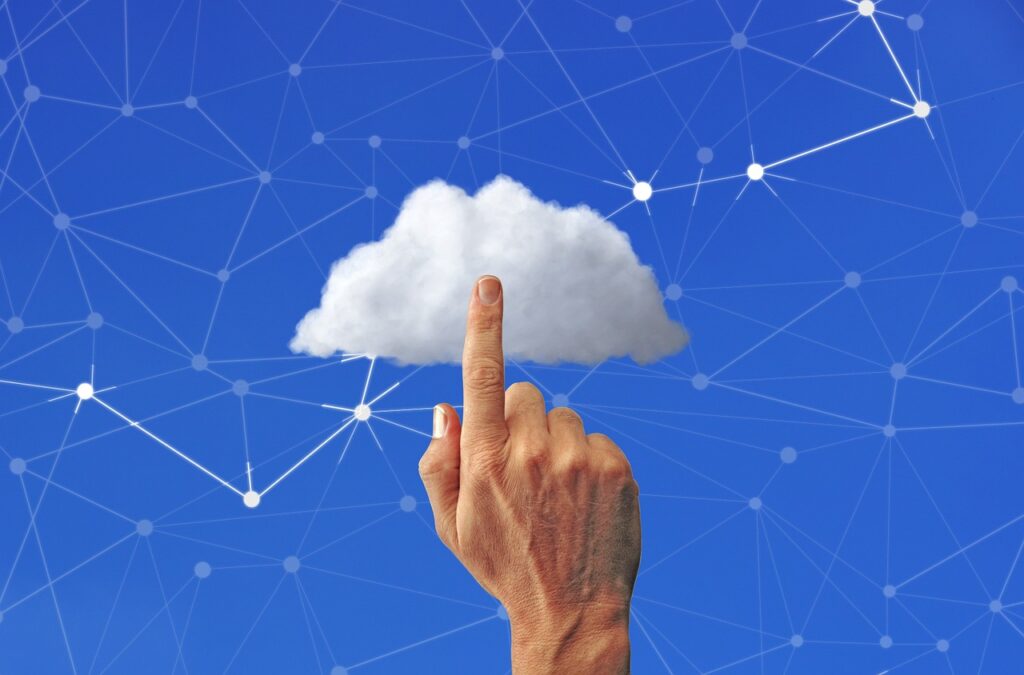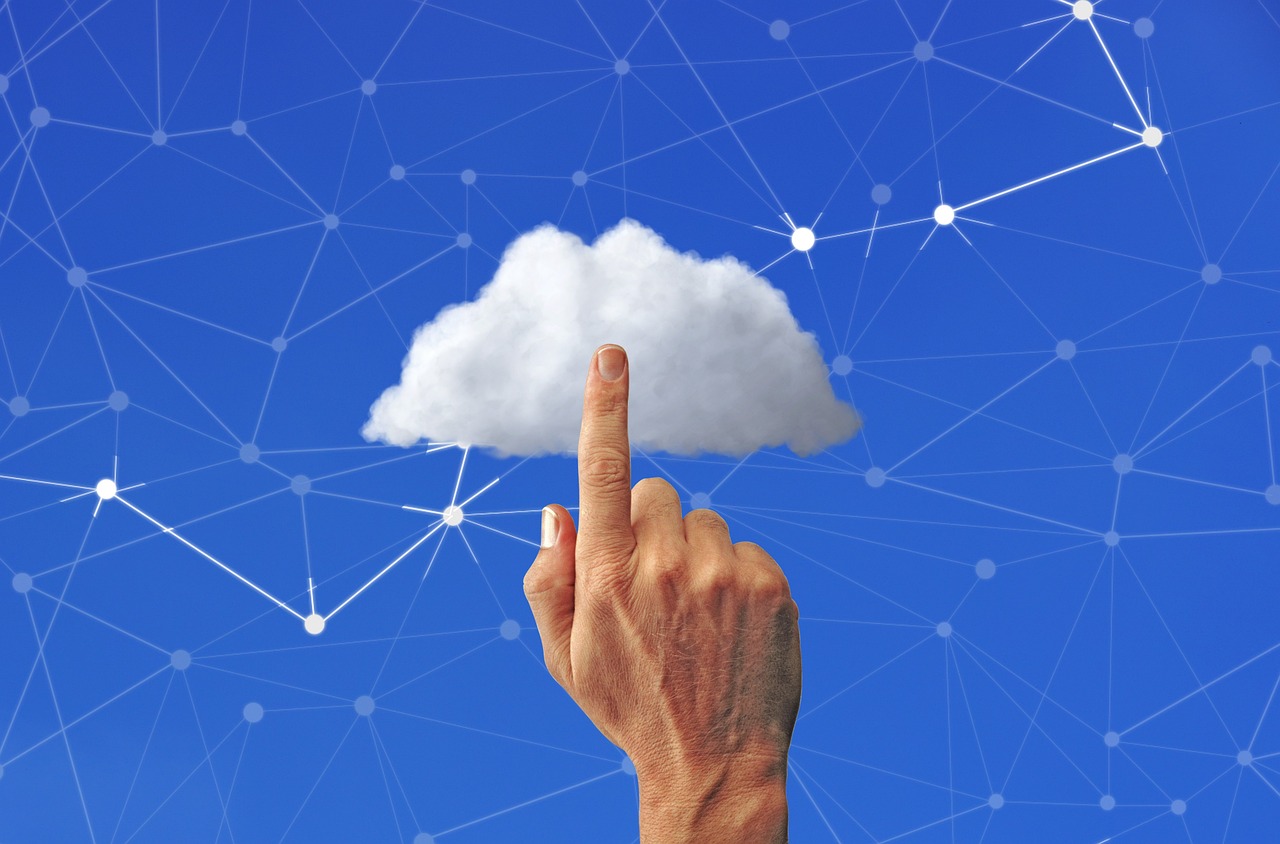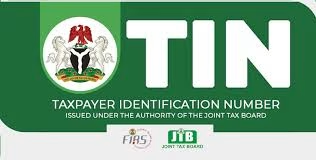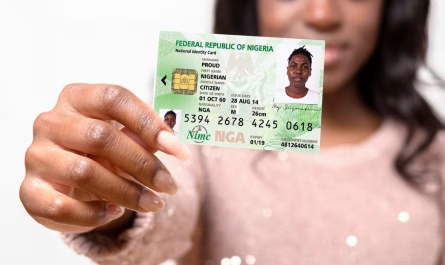The traditional art world has long been dominated by galleries, agents, and collectors who acted as gatekeepers. But in 2025, artists no longer need to rely solely on galleries to showcase and sell their work. Thanks to blockchain technology and digital marketplaces, creators can now connect directly with buyers. NFTs for artists have opened up new ways to monetize creativity, and learning how to sell NFTs has become just as essential as mastering a paintbrush or digital pen. With the rise of cutting-edge NFT platforms 2025, independent artists are finally gaining full control of their careers and revenue streams.
In this article, we’ll explore how artists are bypassing galleries, why NFTs have transformed the arteconomy, and what tools and platforms you can use right now to join the movement.

Why Artists Are Moving Beyond Galleries
For centuries, galleries served as the primary space for artists to gain visibility and sell their works. While still important, galleries have limitations:
- High Commission Fees: Many galleries take 30–50% of an artwork’s sale price.
- Limited Exposure: Only a fraction of artists ever get represented.
- Geographic Barriers: Emerging artists outside cultural hubs often struggle for recognition.
By contrast, selling art through NFTs gives artists:
- Direct-to-collector access – No intermediaries taking massive cuts.
- Global reach – Audiences from New York to Tokyo can buy instantly.
- New revenue models – Royalties built into NFTs let artists earn from resales forever.
OpenSea Official Marketplace – the largest NFT marketplace where artists can mint and sell their digital works.
Rarible DAO – a community-owned NFT marketplace where artists have governance and decision-making power.
How NFTs for Artists Work
To understand how artists sell without galleries, you first need to understand NFTs.
What Is an NFT?
NFT stands for “non-fungible token.” In simple terms, it’s a digital certificate of ownership stored on the blockchain. For artists, it means:
- A painting, digital artwork, song, or video can be “minted” as an NFT.
- The buyer owns a verifiable, one-of-a-kind token proving authenticity.
- Artists can attach royalty percentages, ensuring they earn from every resale.
Why NFTs Matter for Artists
- Proof of Ownership: Buyers know they own an authentic piece.
- Scarcity: Even digital works can be made limited editions.
- Royalties: Artists get paid not just once, but every time the NFT resells.
How to Sell NFTs as an Artist
If you’re new to NFTs, the process may sound intimidating. But in 2025, platforms have made it easier than ever. Here’s a step-by-step guide:
Step 1: Choose the Right Blockchain
Popular blockchains for NFTs:
- Ethereum – Still the largest, with broad adoption.
- Polygon – Low fees, eco-friendly alternative.
- Solana – Fast, low-cost, growing popularity among digital artists.
Step 2: Get a Crypto Wallet
To mint and sell NFTs, you need a digital wallet such as:
- MetaMask
- Phantom
- Coinbase Wallet
Step 3: Select an NFT Marketplace
This is where you upload your art, mint NFTs, and sell. (We’ll cover the best NFT platforms 2025 later).
Step 4: Mint Your Artwork
Minting = turning your digital file into an NFT on the blockchain.
- Upload your file (JPEG, PNG, GIF, MP4, etc.).
- Add metadata (title, description, unlockable content).
- Set royalties (e.g., 10% on resales).
Step 5: Promote Your Work
Selling NFTs isn’t just about minting—it’s about marketing.
- Use Twitter/X, Discord, and Instagram.
- Join NFT communities.
- Collaborate with other artists.
Lorem Ipsum has been the industry’s standard dummy text ever since the 1500s.
When NFTs Help Artists the Most
NFTs are not for every situation, but they shine in specific contexts.
1. For Digital Artists
Unlike traditional galleries, NFTs give digital painters, 3D designers, and animators a way to monetize work directly.
2. For Emerging Artists
NFT marketplaces give exposure to talent from anywhere in the world. No need to live in New York or Paris.
3. For Experimental Art
Interactive art, AR/VR pieces, and AI-generated works thrive as NFTs, where galleries often hesitate to showcase them.
4. For Community-Driven Art
NFTs enable fan bases to support artists directly—think limited editions sold to loyal followers.
What NFT Platforms 2025 Are Best for Artists
Choosing the right marketplace is critical. Here are the leading NFT platforms 2025 that every artist should know:
1. OpenSea Pro
- Best For: Broad exposure
- Features: Largest user base, supports Ethereum, Polygon, Solana.
- Why Artists Love It: Easy onboarding, massive collector pool.
2. Rarible DAO
- Best For: Artists wanting control
- Features: Community-owned marketplace with governance voting.
- Why Artists Love It: Artists help shape platform rules.
3. SuperRare 3.0
- Best For: High-end digital fine art
- Features: Curated platform with serious collectors.
- Why Artists Love It: Prestige and premium pricing.
4. Foundation
- Best For: Creative collaborations
- Features: Invitation-only, strong community feel.
- Why Artists Love It: Focused on collaboration and exclusivity.
5. Zora Protocol
- Best For: Indie creators
- Features: Fully decentralized, no gatekeeping.
- Why Artists Love It: Artists keep full creative control.
6. Objkt (Tezos Blockchain)
- Best For: Eco-conscious artists
- Features: Low fees, environmentally friendly.
- Why Artists Love It: Affordable minting costs.
Real-Life Examples: Artists Who Succeeded Without Galleries
Beeple
- Sold digital artwork as NFTs for millions.
- Now considered one of the most successful living artists.
Fewocious
- Teen artist who built a global following through NFTs.
- Proved that young artists don’t need galleries for validation.
Pak
- An anonymous digital artist whose NFT projects earned over $90 million.
- Shows that reputation and creativity matter more than gallery connections.
Benefits of Selling Without Galleries
- Keep More Profits – Avoid 30–50% gallery cuts.
- Global Audience – Sell to collectors worldwide.
- Creative Freedom – No gatekeepers dictating style.
- Ongoing Royalties – Earn from future resales.
- Direct Relationships – Build fan communities and interact directly.
Risks and Challenges
It’s not all smooth sailing. Artists should also be aware of:
- Market Volatility – NFT prices fluctuate with crypto markets.
- Scams – Fake accounts and art theft are common.
- Learning Curve – Blockchain and wallets can be confusing at first.
- Oversaturation – With so many NFTs, marketing is crucial.
FAQs About NFTs for Artists
1. Do I need to be a digital artist to sell NFTs?
No. Traditional painters and photographers can digitize their work.
2. How much does it cost to mint an NFT?
Depends on the blockchain—Ethereum can be $20–$100, while Polygon and Tezos cost pennies.
3. Can artists make passive income with NFTs?
Yes—royalties on resales allow ongoing revenue.
4. Are NFTs bad for the environment?
Newer blockchains (like Polygon, Solana, and Tezos) use eco-friendly proof-of-stake systems.
5. What’s the best way to promote NFT art?
Leverage social media, join NFT communities, and collaborate with influencers or other artists.
Conclusion
The art world is undergoing its biggest shift in centuries. No longer do artists need to wait for gallery representation or approval from gatekeepers. With NFTs for artists, creatives now have the tools to take control of their financial future, connect directly with global collectors, and monetize work in ways that were never possible before.
By learning how to sell NFTs, identifying when they can boost your career, and exploring the leading NFT platforms 2025, any artist—whether digital, traditional, or experimental—can thrive in this new creative economy.
The future of art is decentralized, digital, and artist-driven. The question is no longer if you should explore NFTs, but when you’ll start.


